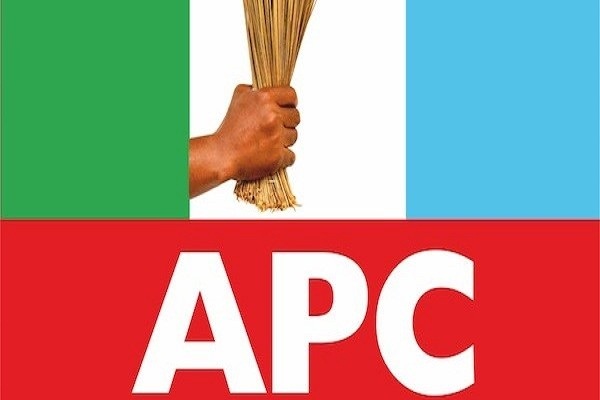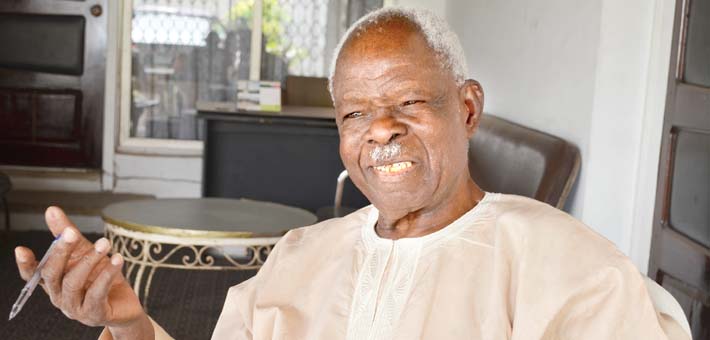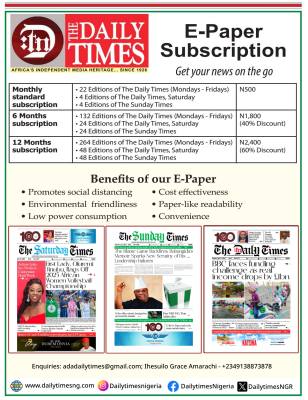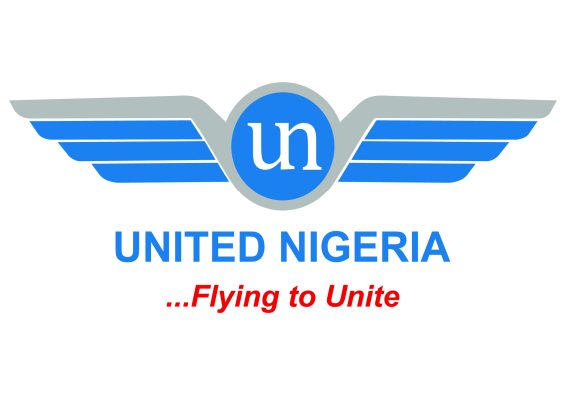Implementing Gurku/Kabusu Mega City Project To Rival FCT-Donatus Nadi
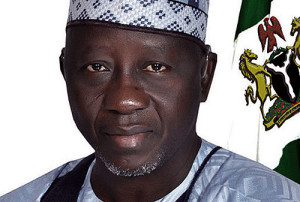
Takes a closer look at efforts by the Nasarawa Geographic Information Service (NAGIS) to build a mega city to rival and/or complement the Federal Capital Territory.
In his opening remarks at the official presentation of the Gurku/Kabusu preliminary development plan in Lafia recently by Siraj Consulting Engineers, ltd, Governor Umaru Tanko Almakura said since his administration came on board in 2011 it had the dream of setting foundation for Nasarawa of the future.
This dream was anchored on the potentials and opportunities the state has given its proximity to the Federal Capita Territory, Abuja, which also informed the formation of the Nasarawa State Development Platform to translated this dream into reality over a sustained period of time.
The development platform is a holistic approach to ensure that Nasarawa state has a versatile development plan that would encompass land administration and other development initiatives executive by the Nasarawa Geographic Information Service (NAGIS).
Buoyed by the desire to harness the vast land resource and other opportunities that abound in the state along the Karu-Abuja corridor, Almakura earmarked over 13, 000 hectares of land in Gurku/Kabusu axis bordering Mpape and few meters away from the Aso Rock villa in Abuja for the construction of a mega city to rival Abuja.
He said government came up with the idea in order to ease the stress for limited housing and other infrastructure on the FCT and avoid the replication of another chaotic development as found in Mararaba, Ado and other towns bordering the FCT.
“As it is Abuja metropolis is chocked to the brim and to get our projections for the future right so that we do not get caught unawares again we have decided to come out with a holistic detailed masterplan for the development of Gurku/Kabusu area”.
As the closest undeveloped area to the FCT, that is the next destination for developers and to avoid further haphazard development everything must be done within the frame of the masterplan in line with existing land laws, development laws and detailed district masterplan.
The preliminary plan and development projections designed by Siraj Consulting Engineers, ltd, showed that the developed part of Abuja in phases one and two are smaller in size to the Gurku/Kabusu land area which stands at 132 square meters. Bigger than the French capita, Paris, which has 105 square meters.
The picturesque terrain with a perfect blend of hilly and low lying areas is divided into K and P project areas for Kabusu, which is on the elavated part of the land area and Kupe, which is on the low land. The Kabusu project area consists of 8 districts while the Kupe project area is divided into 21 districts giving a total of 29 project districts.
For a realistic start, the Managing Director of Siraj Engineering consultants, Dr. Kamal Azar, said a comprehensive preliminary masterplan would be developed for only one of the Kabusu districts with total land mass of 520 hectares.
Azar identified access road, water and power supply as the major hinderances to development plan, noting however that while access roads and water can be provided for, the problem of power supply is a national phenomenon but adequate provision for power lines and possible locations of power sub and feeder stations would be provided for.
Kabusu, which is 12 kilometers from the Keffi-Abuja expressway, can be reached from Karu or from the FCT through Mpape but that is not so appealing due to heavy traffic being experienced on the axis on a daily basis although it is the shorter route into Abuja. Karu on the other hand is longer but less conjested.
Constructing access road from Karu would require adding two additional lanes on existing Abuja-Keffi expressway for about 2.5 kilometers to contain additional traffic which also implies that there would be demolitions, acquisitions and compensations which would require enormous sums oc money.
However, many entrances are also required into such a massive area so eventually all the three identified entrances would be developed although the Mpape entrance would require collaboration with the FCT administration. The other two entrances include the one in Karu and the other from an un-urbanized area after Karu.
For the Karu entrance road a 4-lane highway is proposed which Siraj MD, Mr. Azar believes are realizable and have been fully designed with all engineering considerations.
In the area of water supply to care for the needs of the proposed mega city, engineering survey has been concluded on a proposed earth dam or lake in a valley between the two ridges of hills in Kabusu project area although geological survey is yet to be conducted.
Mr. Azar explained that the dam, when completed, is capable of holding 88 cubic meters of water which is sufficient to provide water to over two million people. The dam which will need 3.4 million cubic meters of earth to fill in order to have good retention capacity will have a surface area of 3.2 kilometers and is situated wholly inside Nasarawa state. When completed, the dam is expected to be 600 meters in length and 60 meters in height.
Azar said: We can exploit the lake to develop tourist areas with proper restrictions to avoid pollution. We can have restaurants, hotels and green areas to provide aesthetic lake view”.
The question, however, still remains as to how to make people come into this area to develop it. Attractors would have to be created to woo in investors and developers. Although Governor Almakura has plans for mass housing projects for both Nasarawa state and Abuja residents, that may not be enough to attract people without guarantee on other corresponding social services like schools, markets, hospitals and recreational facilities.
Commenting on some of the concepts conceived to achieve this objective, Mr Azar said: “We have conceptualized an ‘Afro-Disney’ with its unique features and we have the land to offer for free and build the infrastructure”.
He also stated that some of the attractors would include a lake village to host motorized sporting events like canoeing and rafting. Exhibition cities are also provided for to host international expos just as synergies would be worked out with international medical associations and hospitals to host medical exhibitions in a medical city to be constructed in the area.
In line with global best practices, Azar said in designing the development plan only 50 percent of the total land mass would be built upon while the remaining 50 percent would be left as green area so as to avoid creating what he termed another “concrete city’.
The area bordering ths FCT is divided into 8 clusters which is further sub-divided into different land uses to include diplomatic compound, government compound, residential, commercial academic and other land uses with lots of open spaces and green area, something different from Abuja.
Azar explained furthe that 55 kilometers of linear roads would be constructed with 6 kilometers being a highway that will lead into the city as the major connecting road which will be bordered by a business district and high, medium and low income housing so that no district would be isolated.
In his submission, the minister of state for Environment, Mallam Ibrahim Usman Jibrin, maintained that although the project is enormous, it is achievable, saying one of the critical challenges the work would face has to do with the curren economic recession the country is facing.
He also noted that compliance to the housing and other development models would be difficult due to what he described as “the cultural aspect of our development as to our lifestyles and how we want to share our environment with people”.
The state commissioner for Lands and Town Planning, Mr. Sonny Agassi, who corroborated his view added that although government was not oblivious of the enormity of the size and cost of the project, Governor Almakura has the will and resolve to give the project a good start.
He said the project would outlive Almakura’s administration but a good foundation would go along way in giving it successful trade mark on which incoming administrations would consolidate.
Agassi also maintained that when realized, the project would be the real goldmine for Nasarawa state as proceeds from land administration, taxes and other levies would guarantee inflow of cash to the state.


